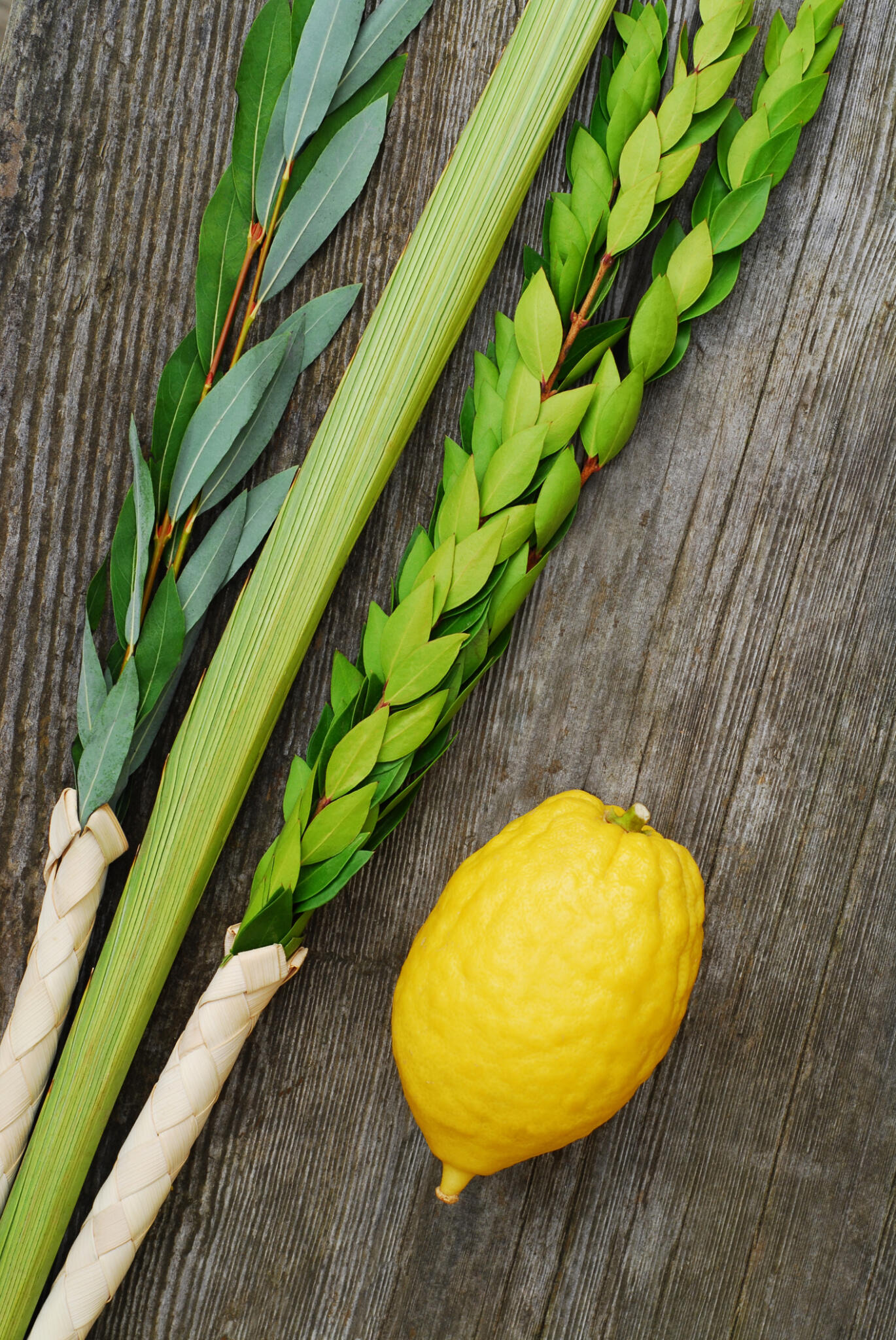A teaching from Sukkot merits our attention. Amid the building of huts and the welcoming of guests, the gathering of four different flora offers a powerful image about Jewish community and its leadership today.
Those who have shaken the Lulav and Etrog may remember the four species of plant celebrated during the harvest holiday: etrog, palm, myrtle, and willow. Each one is of symbolic significance, notably about the kinds of people who reside within Israel.
According to the Midrashic commentary, Vayikra Rabbah, the etrog holds both flavor and scent, symbolically pointing to the person possessing both Torah wisdom and good deeds.
The date palm has flavor but no scent – Torah wisdom but no good deeds.
A myrtle branch scent but no flavor – good deeds but no Torah wisdom.
Finally, the willow has neither flavor nor scent – neither Torah wisdom nor good deeds.
One might assume from such articulation that the ideal is the etrog, the one embodying both textual literacy and righteous behavior. Instead, rather than ranking them in perceived order of importance or excluding some as less than ideal, the Midrash relates God’s command with respect to all four: “‘Bind them into one group, and each will compensate for the other’s shortcomings]'” – or literally they will “atone for each other,” making it impossible to destroy the whole.
In short, all four are the necessary parts of a whole community, and together they are far stronger than any single homogeneous grouping. There is particular merit and value that each lends to the others. It is an extended metaphor worth adapting for our times.
Today, we might cast the etrog as the generalist who gives attention both to knowledge and action. The palm and myrtle are each specialists, devoting their attention to either Torah knowledge or action. This leaves the willow, which focuses neither on Torah knowledge or action. If this is the case, what merit does the willow bring to the other three species?
One idea stems from the special liturgy at the conclusion of Sukkot, when some Jews take willow branches into their hands, concluding with the words “kol mevasser, mevasser ve-omer“–“a voice brings news, brings news and speaks.”In the context of the liturgy, the willow is the voice that heralds the Messianic age, the uplifting voice speaking of the possibilities to come. This is the voice of one whose focus lies beyond the bounds of what is present knowledge and action, but who both is visionary in perspective and able to give voice to what will come next. The willow is the futurist.
In binding these species together in relationship – the generalist, the specialists, and the futurist – we use these days of hospitality and togetherness to gather the mutual strengths of community as a conduit of blessing for the year to come. We imagine the emergence of a new Jewish ecosystem, one in which new leadership sees the necessity of all these roles and weaves them together in mutually sustaining ways.
Rabbi Benjamin Spratt is senior rabbi of Congregation Rodeph Sholom in New York. Rabbi Joshua Stanton is Director of Leadership at CLAL – The National Jewish Center for Learning and Leadership and spiritual co-Leader of East End Temple. They are coauthors of Awakenings: American Jewish Transformations in Identity, Leadership, and Belonging.

Joshua Stanton is Rabbi of East End Temple in Manhattan and the Director of Leadership Formation at CLAL – The National Jewish Center for Learning and Leadership. He serves on the Board of Governors of the International Jewish Committee for Interreligious Consultations, which liaises on behalf of Jewish communities worldwide with the Vatican and other international religious bodies.

